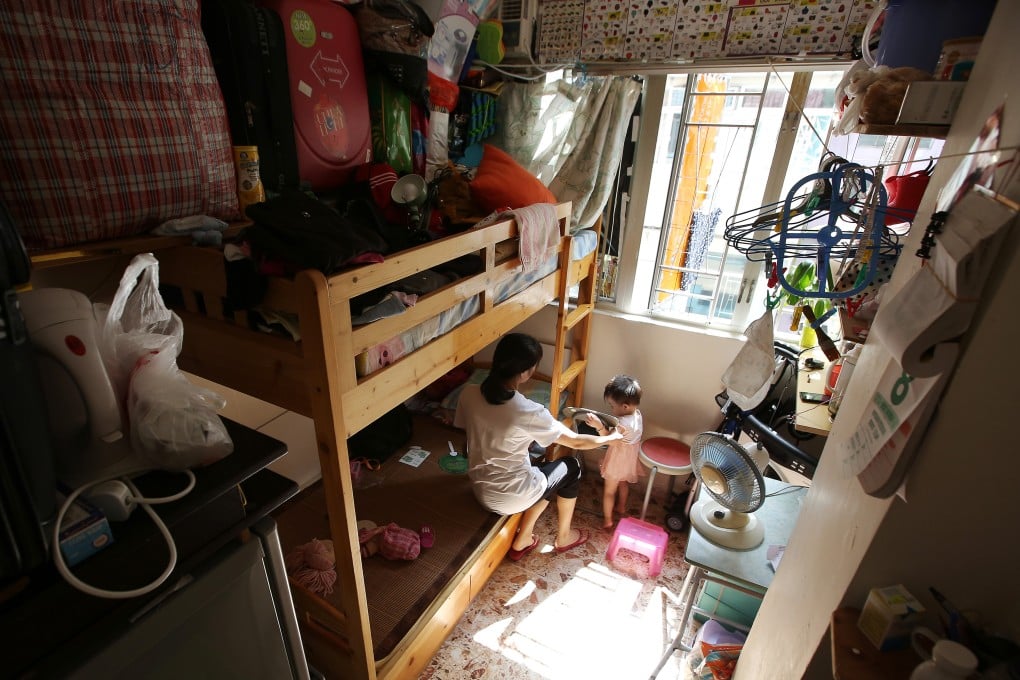Letters | Hong Kong’s community living rooms should cater to children’s needs
- Readers discuss how underprivilged children can be provided with the space to develop, people sleeping in libraries, and Hongkongers’ attitude towards the homeless

When we talk about community living rooms, we often focus on the extended living spaces which provide essential amenities such as the space to cook or shower, and recreational activities that help individuals develop a sense of community. Yet the needs of young children, the elderly and the low-income working class can vary a lot.
For example, children aged six and below are experiencing rapid growth in mind and body. A community living room designed to meet their needs would mitigate the developmental limitations imposed by inadequate housing.
Physically, limited space makes it harder for young children to crawl and learn to balance, increasing the risk of falling as they grow. Mentally, poor soundproofing in subdivided flats forces parents to encourage children to speak softly, suppressing their natural expressions of emotion such as crying or laughing. Besides, many of these flats are located above eateries, where noise and poor air quality disrupt sleep.
Socially, while communities like Sham Shui Po are vibrant, it is rare to find an environment that stimulates children’s learning and development while also empowering caregivers with parenting knowledge and a supportive network.
